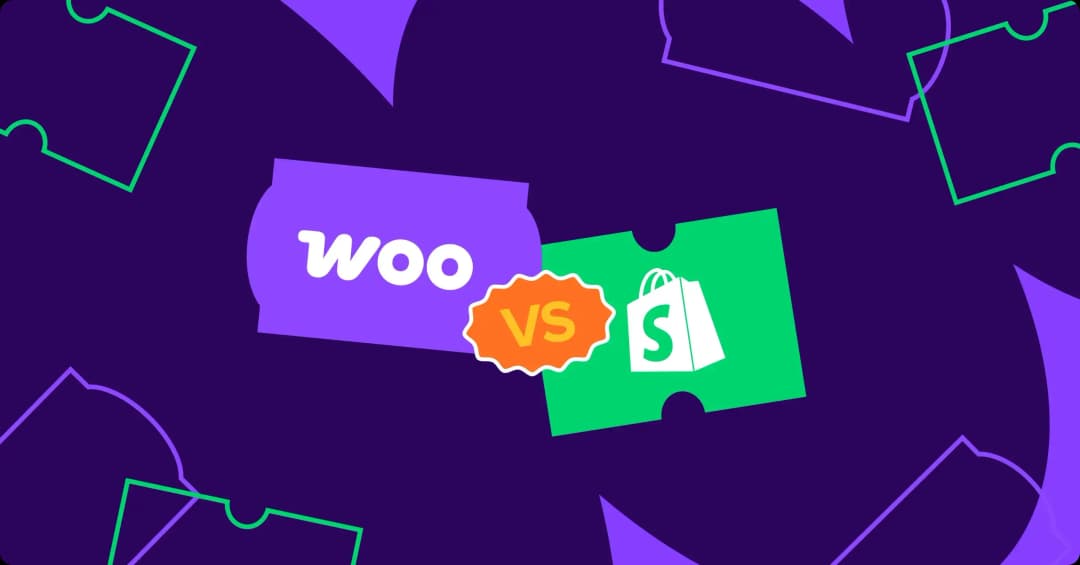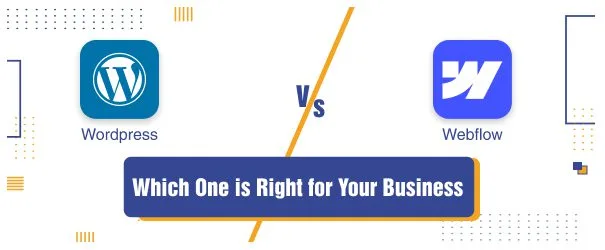What is Full Stack Development?
The process of developing web applications' front end and back end simultaneously is known as full stack development. A full stack developer is skilled in various technologies necessary to create a fully functional web application, handling everything from the user interface to server logic as well as database management. This approach is highly valued in today's tech industry for its efficiency and versatility.The Components of Full Stack Development
To grasp full stack development, it's crucial to understand its two primary components: front-end and back-end development.Front-End Development
Front-end development involves creating the part of the web application that users interact with. This encompasses the layout, design, and interactive elements of a website.- HTML (HyperText Markup Language): The foundation of any web page. It structures the content and forms the skeleton of a web application by defining elements such as headings, paragraphs, images, and links.
- CSS (Cascading Style Sheets): Used to style and layout web pages. It controls the visual presentation, including colors, fonts, and the arrangement of elements, ensuring the application is aesthetically pleasing and responsive across different devices.
- JavaScript: Adds interactivity to web pages. It makes dynamic content possible, including form validations and animations. Modern JavaScript frameworks and libraries like React, Angular, and Vue.js help developers build complex user interfaces more efficiently.
- Responsive Design: With the growing use of mobile devices, responsive design is essential. It involves creating web pages that adapt to different screen sizes and resolutions, providing an optimal user experience on desktops, tablets, and smartphones.
Back-End Development
Back-end development involves building the server-side of a web application, handling business logic, database interactions, and server configuration.- Server-Side Languages: Common languages include:
- Python: Frequently used in web development with frameworks such as Django and Flask due to its readability and simplicity.
- JavaScript (Node.js): Allows developers to use JavaScript on the server side, offering a unified language across the stack.
- Ruby: Known for its elegance and productivity, used with Ruby on Rails.
- Java: A flexible, widely-used language for large-scale enterprise applications.
- PHP: Commonly used in web development, especially with CMS platforms like WordPress.
- Databases: Store and manage application data.
- SQL Databases: MySQL, PostgreSQL, SQLite—use structured query language to manage relational data.
- NoSQL Databases: MongoDB, Cassandra—store data in flexible, non-relational formats for scalability and rapid iteration.
- Server and Deployment: Involves hosting, client request handling, and making the application live.
- Web Servers: Apache and Nginx handle HTTP requests.
- Deployment Tools: Docker, Kubernetes, and CI/CD pipelines streamline deployment and updates.
Full Stack Developer Skills
- Expertise in Front-End Technologies: Knowledge of HTML, CSS, and JavaScript, along with frameworks like React, Angular, or Vue.js.
- Back-End Programming: Proficiency in at least one server-side language and familiarity with frameworks such as Django, Express, or Rails.
- Database Management: Understanding of SQL and NoSQL database systems, including querying and optimization.
- Version Control: Experience with Git, crucial for collaboration and maintaining code history.
- Server Management and Deployment: Skills in configuring servers and deploying applications, with a bonus for cloud platforms like AWS, Azure, or Google Cloud.
- Problem-Solving and Debugging: Ability to diagnose and fix issues across the entire application stack.
- Soft Skills: Effective communication, collaboration, and project management skills.
The Advantages of Full Stack Development
- Versatility and Flexibility: Full stack developers can handle all parts of the project, making them highly adaptable and efficient.
- Cost-Effective: Reduces the need for hiring multiple specialized developers, making it ideal for startups and small businesses.
- Better Team Collaboration: They can bridge front-end and back-end efforts, improving cohesion and understanding.
- Faster Development: Their broad skill set allows them to build and prototype quickly.
- Comprehensive Understanding: Holistic knowledge allows better performance tuning and early issue detection.
Challenges of Full Stack Development
- Keeping Up with Technology: Staying current with new tools and trends is essential and demanding.
- Workload Management: Requires excellent time management to balance responsibilities across the stack.
- Quality Assurance: Maintaining high code quality in both front-end and back-end components is challenging.





